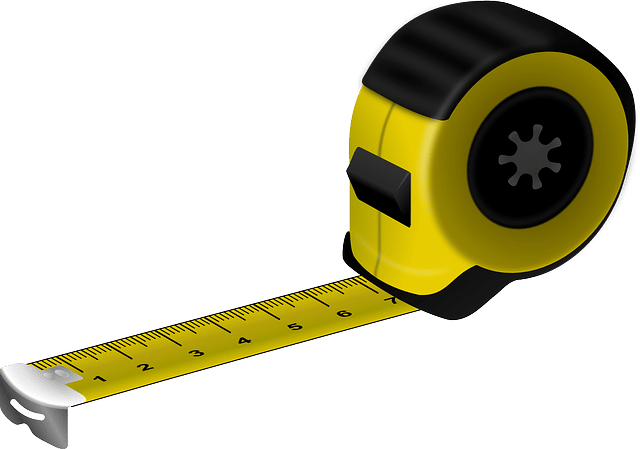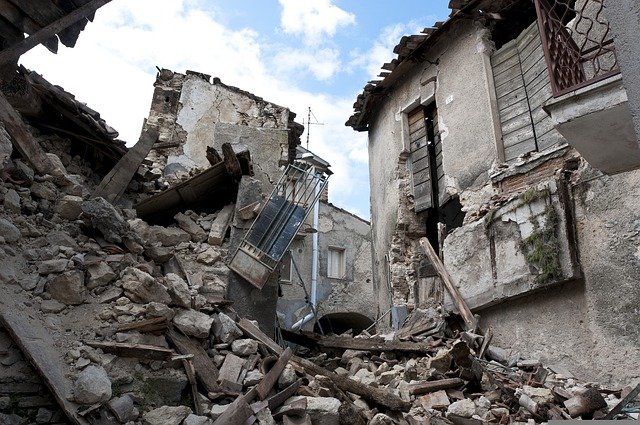
The consequence of measuring is known as measurement.
A measurement is the result of the action of measuring . This verb, originating from the Latin term metiri , refers to the comparison established between a certain quantity and its corresponding unit to determine how many times said unit is contained in the quantity in question.
For example: "According to the last measurement, the pine tree next to the lake is already more than thirty meters tall" , "Before buying the chair, we have to measure the available space" , "The final of the tournament was followed by more than twenty million viewers on TV, according to a measurement by the organizers .
What is a measurement
Measurement, in short, consists of determining what proportion exists between a dimension of some object and a certain unit of measurement. For this to be possible, the size of what is measured and the chosen unit have to share the same magnitude .
The unit of measurement , on the other hand, is the standard used to specify the measurement. It is essential that it meets three conditions: inalterability (the unit must not be modified over time or according to the subject carrying out the measurement), universality (it must be able to be used in any country) and ease of reproduction . It should be noted that it is very difficult to make an exact measurement, since the instruments used may have flaws or errors may be made during the task.
The term in music
In music, the term La 440 or concert tone is often repeated. This represents the standardization of the number of vibrations per second that a certain note, the central A of the piano, has and allows consistency in the tuning of all instruments .
The unit used is Hz and a tuning fork is usually used for measurement, an inseparable companion of opera singers and choristers.

There are different scales that make it possible to measure earthquakes.
Earthquake measurement
Countries like Japan , where earthquakes occur every year, invest millions in improving earthquake detection techniques. Since there is no way to stop them, the only hope for those who suffer them is to anticipate the tremors with enough time for the inevitable evacuation . The aspects that can be measured about an earthquake are its magnitude and intensity, for which various scales are used. The best known are Richter's, which focuses on the cause, and Mercalli's, which observes the effect.
The Richter scale or local magnitude allows us to know the energy that is released at the center of the earthquake , the place where the fracture of the rocks originates and which then spreads through the seismic waves. Its calculation is based on a logarithmic expression that results in values that increase in such a way that each unit represents a magnitude 10 times stronger than the previous one. The highest degree ever recorded belongs to an earthquake that occurred in Chile in 1960 , with a value of 9.5 Richter .
Although the magnitude has a single value, the intensity varies along the diameter of the earthquake. For this measurement, the Mercalli scale is used, and its application varies according to the severity of the earthquake. Basically, the effects are observed in a specific location on the Earth's surface and a grade ranging from I to XII is assigned, in Roman numerals. The perception of the intensity of an earthquake is personal and varies according to the place where the person is at the time of assessment , the height, the type of building and soil, among other aspects. Thanks to this measurement, it is possible to improve citizen protection strategies in the event of this type of disaster.
